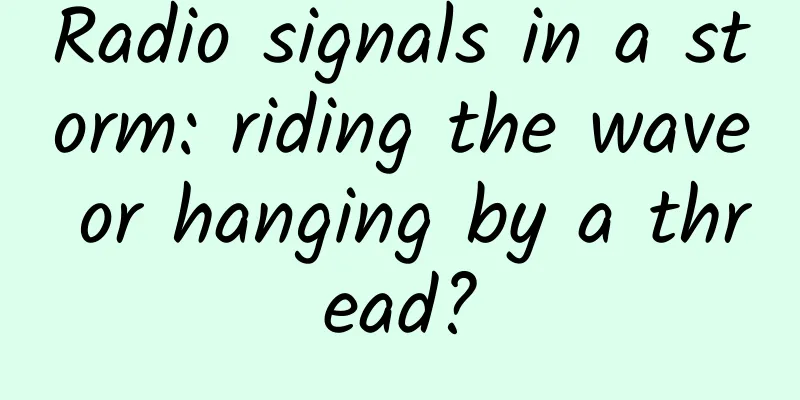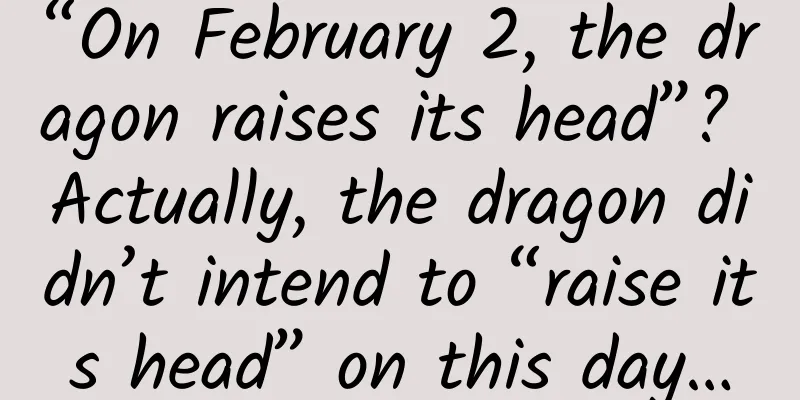Radio signals in a storm: riding the wave or hanging by a thread?

|
With thunder and lightning, howling winds, and pouring rain, when a storm is raging, we may hide in the house and feel the wildness of nature. But did you know that this seemingly ruthless storm also has a significant impact on the radio signals on which we depend for survival? Signal attenuation : Storms are the "signal killer" Raindrops, hail, and snow are common "signal killers" in storms. They are like tiny obstacles that absorb and scatter radio signals, causing signal strength to weaken or even completely interrupt. The larger the diameter of the raindrops, the more severe the attenuation of the signal. Generally speaking, the higher the frequency of the radio signal, the faster it attenuates. For example, mobile phone signals usually use higher frequencies and are therefore more easily affected in storms. Multipath effect: the "ghosting" of signals When radio signals encounter obstacles such as raindrops and buildings, they will be reflected and scattered, forming multiple propagation paths. The signals on these paths will be superimposed on each other, causing signal distortion and even echoes, which is the so-called "multipath effect." The multipath effect can blur the received signal, affect the quality of voice calls, and even cause errors in data transmission. In severe cases, it can even cause a complete interruption of radio communications. Lightning interference : a fatal blow to signals Lightning is one of the most dangerous phenomena in a storm. It not only poses a threat to personal safety, but also causes strong interference to radio signals. The electromagnetic pulses generated by lightning can instantly generate strong electric and magnetic fields, interfering with nearby electronic equipment. Radio receivers are also unable to resist such strong interference, causing momentary interruptions or distortion of signals. Signal enhancement: an unexpected surprise In some cases, storms can actually boost radio signals because objects such as raindrops and hail can act as reflectors, bouncing radio signals back to the ground, increasing the signal's strength. This phenomenon is common in ultra-short wave communications. For example, in some mountainous or hilly areas, if there are enough reflective objects on the ground, storms can help expand the coverage of radio signals. The impact of storms on radio signals is multifaceted, both negative and positive. In order to better resist the impact of storms on radio signals, people have invented various anti-interference technologies, such as frequency hopping technology and spread spectrum technology. With the advancement of science and technology, these technologies will become more and more perfect, helping us maintain smooth radio communications even in severe weather conditions. Source: Chongqing Radio Science Popularization Experience Center Audit expert: Yang Yaohui Statement: Except for original content and special notes, some pictures are from the Internet. They are not for commercial purposes and are only used as popular science materials. The copyright belongs to the original authors. If there is any infringement, please contact us to delete them. |
<<: Ancient fruit preservation: How dare you let the queen eat rotten melons?
Recommend
Analysis of Tencent Advertising’s direct e-commerce campaign in August!
With the standardization of direct-operated e-com...
Short video promotion: How to quickly attract users and achieve conversions?
In the era of content consumption, short videos h...
Commercial space tourism moves from science fiction to reality: How far is it from the popularization of space?
Space tourism, once upon a time, was like a plot ...
The all-new second-generation GS8 is here, redefining the standard of technological luxury
IN Tianfu, Qibashi. On August 29, GAC Trumpchi le...
There is a lot of foam in the urine. Is it really caused by proteinuria?
"Doctor, I noticed a lot of bubbles in my ur...
In 2014, the products that were popular for a while but then fell into silence
The Internet in 2014 has never lacked viral conte...
Tearful Dog Head: Will they cry with joy when they are reunited with their owners?
In May this year, a Bichon Frise named "Coff...
Job hopping at the slightest disagreement: product operation, App promotion, SEM, UI design, new media operation (latest job search and recruitment information)
Job Information Latest: Job search, Shanghai area...
What are the signs that a website has been demoted? How to solve the problem?
Recently, a friend sent me a private message, say...
[Collection] 45 essential tools for bidding promotion to help you master search marketing!
This time, I have separately counted some essenti...
Check it out! It's not a "kitchen magic weapon" but a "time bomb"
"Gather the flame, save gas", "Ena...
Is it the feet's fault if they grow crooked? These three deformities are caused by wearing shoes
"Three-inch golden lotus" is a bad cust...
It's getting fierce. Can ants also undergo amputation surgery? | Nature Trumpet
Welcome to the 61st issue of the Nature Trumpet c...
Talking about advertising traffic distribution strategy
Traffic is the basis of advertising monetization....
A practical course on color business that goes beyond teaching matching
A practical course on color business that teaches ...









